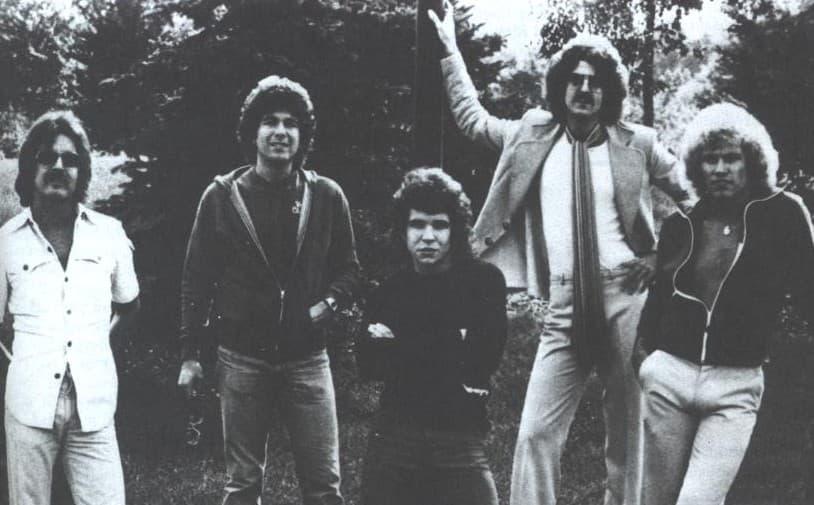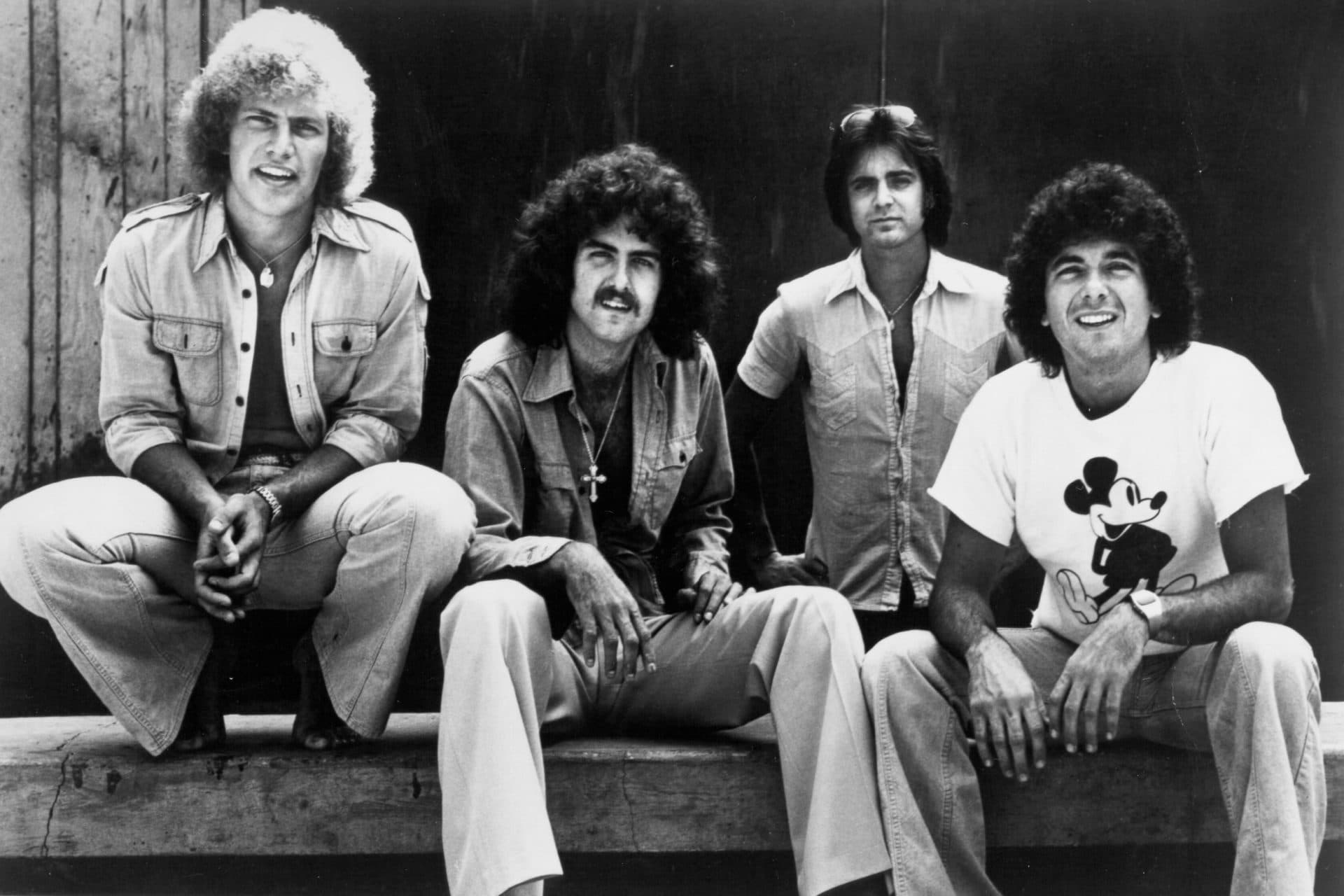
The Unexpected Groove: When Rockers Found Their Funk
There are songs that capture the precise cultural crosscurrents of their time, perfectly embodying a moment when genres blurred and new sounds emerged from unexpected places. Such is the electrifying and undeniably iconic “Play That Funky Music” by Wild Cherry, a track that didn’t just climb the charts but fundamentally redefined what a rock band could sound like in the mid-1970s. For many of us who remember the vibrant, evolving musical landscape of that era, this song isn’t merely a classic; it’s a testament to adaptability, authenticity, and the sheer irresistible power of a deep, infectious groove.
Released in 1976 as a single from their self-titled debut album Wild Cherry, “Play That Funky Music” became an absolute sensation, a bona fide phenomenon that propelled the relatively unknown band into the national spotlight. It ascended rapidly to the pinnacle of the U.S. Billboard Hot 100, seizing the number one spot and holding it for an impressive three weeks. Its success was not confined to American shores, as it also achieved significant international acclaim, reaching number seven in the UK Singles Chart and charting strongly across Europe and beyond. This meteoric rise was remarkable, a testament to the song’s undeniable catchiness and its ability to bridge the gap between burgeoning disco and traditional rock audiences. Its triumph wasn’t just about commercial success; it was about defining a sound, breaking down barriers, and proving that funk was a force to be reckoned with, even for a band with roots in hard rock.
The story behind “Play That Funky Music” is as compelling as its rhythm, a tale of artistic evolution born from necessity and a keen ear for what audiences truly craved. Wild Cherry, originally a hard rock band from Ohio, found themselves at a crossroads in the mid-1970s. Disco and funk were gaining immense popularity, and their traditional rock sound was struggling to draw crowds in the dance clubs they played. Legend has it that during a gig at a club in Steubenville, Ohio, a patron shouted, “Are you white boys ever gonna play some funky music?” This direct challenge, combined with the band’s own observations of audience reaction, spurred frontman and songwriter Rob Parissi to pen “Play That Funky Music.” It was a bold pivot, a deliberate embrace of a new sound, but one that resonated deeply with their musical instincts. The song explicitly details this transformation, narrating the band’s decision to shed their rock inhibitions and embrace the groove, a literal lyrical account of their pivot.
Imagine, if you will, the creative tension and excitement of that moment: a rock band, guitars blazing, suddenly finding themselves compelled to lay down a rhythm that makes people move. The song’s opening, with that iconic guitar riff and the immediate, insistent drum beat, immediately signals a shift. Rob Parissi‘s vocals are a perfect blend of rock swagger and a newly discovered funk sensibility, recounting the band’s journey from playing “heavy metal” to embracing the “funky music.” The narrative is direct and self-aware, as if the band is inviting the listener into their evolution. The tight bassline, the crisp drums, and the soulful guitar licks all conspire to create an infectious rhythm that simply demands movement. It’s a confession, a celebration, and an invitation all rolled into one irresistible package.
This groundbreaking anthem, for those who experienced the cultural ferment of the 1970s, remains a vivid soundtrack to a period of exhilarating musical change. It evokes memories of disco lights, dance floors, and the thrilling realization that music was constantly evolving, defying rigid categories. For older readers, “Play That Funky Music” might bring a nostalgic smile, recalling a time when genres intertwined freely and the sheer joy of a good beat could transcend any preconceived notions. It reminds us of the importance of adaptability, of listening to the pulse of the moment, and of daring to step outside our comfort zones. More than just a hit, it’s a powerful testament to the idea that sometimes, the most authentic art emerges when artists are brave enough to follow the groove, wherever it may lead, even if it means transforming themselves in the process.
